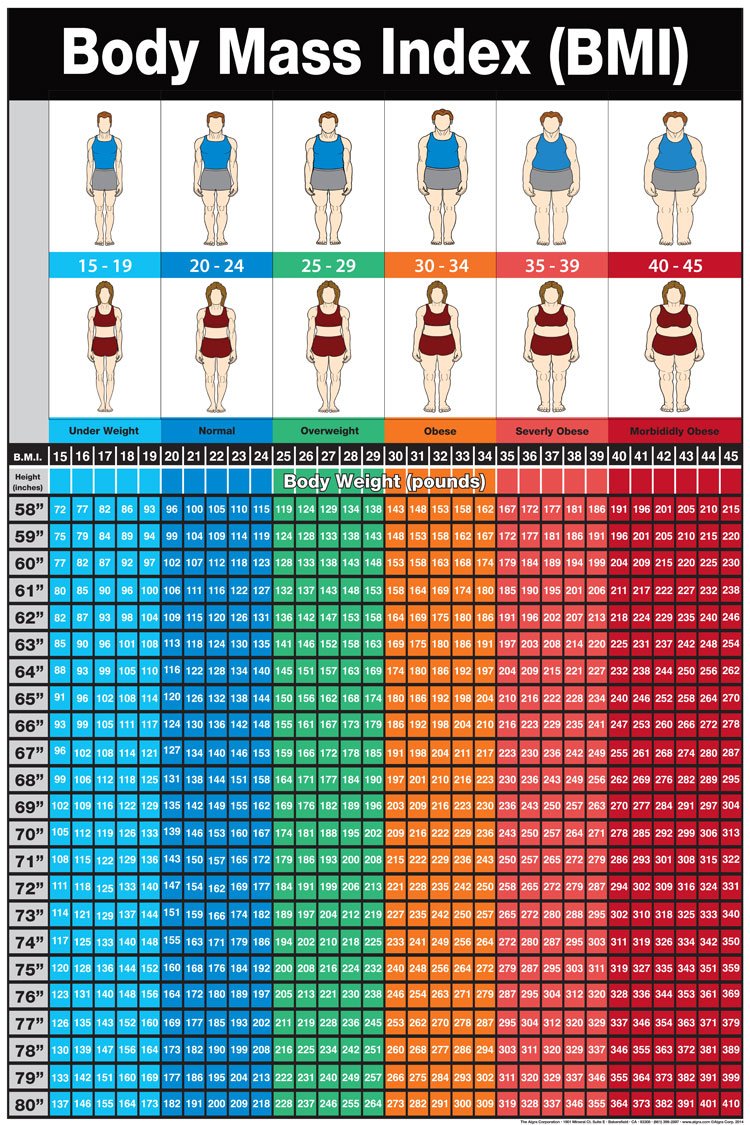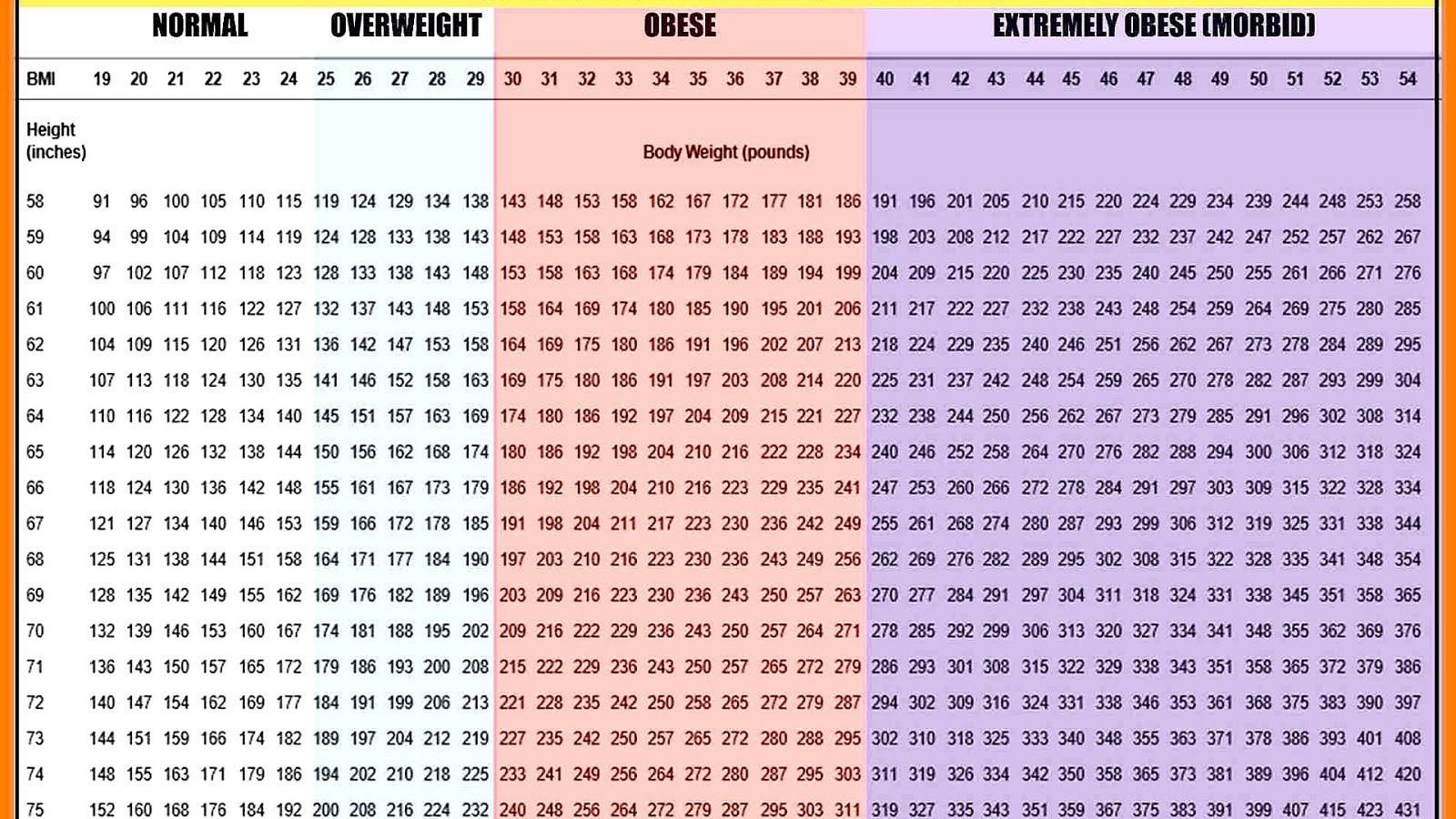
This includes eating a well-balanced diet and doing regular physical activity.Įven small amounts of weight loss (as little as 5%) can bring health benefits. Many of these diseases can be prevented by having a healthy weight and a healthy lifestyle. What are the health risks of being overweight or obese?īeing overweight, especially being obese, can increase your risk of developing serious health problems, including: More than 6 in 10 Australian adults are overweight or obese. They often result from eating too much food and/or not doing enough physical activity.Ĭertain medicines and medical conditions can also cause weight gain.īeing overweight or obese can cause many serious health problems. Overweight and obesity are health conditions of excess weight. What does being overweight or obese mean? These groups may have a different body shape. people from certain non-European backgrounds.people with a medical condition where their abdomen (tummy) is very enlarged.These waist circumference measurements only apply to adults. your risk is greatly increased if your waist measurement is 102 cm or more.your risk is increased if your waist measurement is 94 cm or more.

your risk is greatly increased if your waist measurement is 88 cm or more.your risk is increased if your waist measurement is 80 cm or more.These are the waist circumference thresholds that indicate an increased risk of disease: Waist circumference is less reliable in overweight and obese people. Make sure the tape is snug, without squeezing your skin.This is roughly in line with your belly button. The correct place to measure your waist is halfway between your lowest rib and the top of your hipbone.

You should not wear more than one layer of light clothing. Place the tape measure directly on your skin.To find your level of risk, it’s important to measure your waist circumference accurately. Measuring visceral fat can give a more accurate predictor of some health conditions. This is the dangerous internal fat that coats your organs. Waist circumference is a better estimate of ‘visceral fat’. This is more of a health risk than carrying weight on your hips and thighs. Some people carry extra body fat around their middle. People carry fat in different parts of their bodies. Aboriginal and Torres Strait Islander peoples.It can’t tell what amount of weight is due to fat or muscle.īMI is less accurate in the following groups of people: What are the limitations of BMI?īMI is not always accurate for assessing healthy weight in some people. NEED TO LOSE WEIGHT? - Use the BMI Calculator to find out if your weight and waist size are in a healthy range. Your BMI can give an indication of your chance of developing weight-related disease such as diabetes. Your BMI is a guide to tell you if you are the correct weight for your height. BMI between 18.5 and 24.9: healthy weight range.Once you know your BMI, you can find your weight classification.įor adults, the BMI ranges and classifications are: It also offers information based on your personal results. The calculator can give you an idea of any health risks related to your BMI or waist circumference.


You can find your BMI using the healthdirect BMI calculator.


 0 kommentar(er)
0 kommentar(er)
